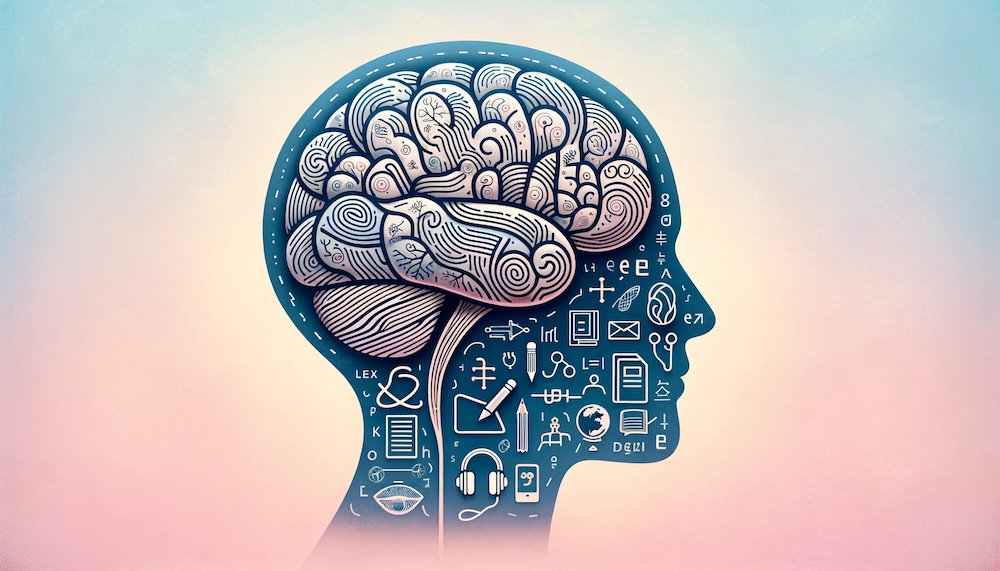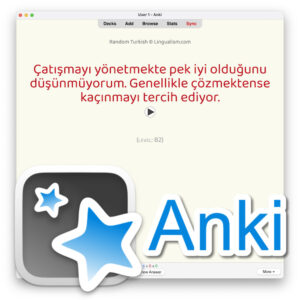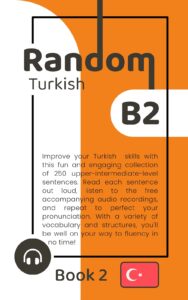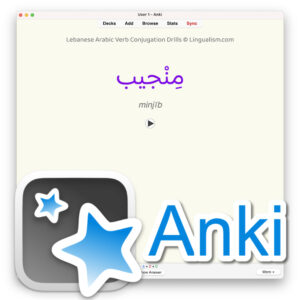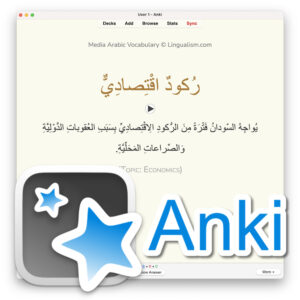Table of Contents
Are you ready to embark on a mental marathon, unlocking cognitive benefits with every step? Embrace the challenge of learning a new language, and not just any language—delve into the rich linguistic landscapes of Arabic, Russian, Spanish, and more.
The Neurological Workout: Multilingualism as Mental Fitness
The once-held belief that learning multiple languages could be confusing has been debunked. In reality, learning languages serves as a mental gymnasium, engaging your brain in a holistic workout.
Cognitive Reserve: A Treasure Trove Unlocked by Multilingualism
Thanks to researchers like Ellen Bialystok, we know that being bilingual or multilingual can delay the onset of dementia. Languages with complex structures can especially contribute to building a cognitive reserve, shielding the brain from age-related decline.
Any Age, Any Language: The Timeless Benefits of Language Learning
Learning a new language at any age reaps cognitive rewards. For children, it’s about building neural networks; for adults, it’s about enhancing and diversifying existing ones. The effort to learn complex languages like Arabic or Russian or to achieve fluency in a globally prevalent language like Spanish can result in even greater cognitive gains.
Enhanced Brain Connectivity Through Multilingualism
Research delving into the intricacies of the human brain has consistently illuminated the remarkable effects of multilingualism on neural connectivity. Individuals who speak multiple languages, such as Arabic, Russian, and Spanish, demonstrate enhanced connections between different regions of the brain, fostering a robust neural network.
Navigating the Complexities of Arabic Script
The journey to fluency in Arabic goes far beyond vocabulary acquisition; it encompasses mastering a unique script that challenges the learner to think in a completely new way. Arabic script is not only written from right to left but also involves a variety of letter forms depending on their position in a word—initial, medial, final, and isolated. This immersion into a new orthographic structure demands acute attention to detail and significantly exercises the learner’s visual-spatial skills. As students discern and practice the intricate calligraphy, their cognitive flexibility is put to the test. The mental agility required to navigate these complexities doesn’t just build language proficiency; it also strengthens the brain’s adaptability and enhances overall learning capabilities.
The Mental Gymnastics of Russian Grammar
Diving into the complexities of Russian grammar involves navigating an intricate system of cases, verbs of motion, aspectual pairs, and a host of irregularities that can baffle the uninitiated. With six noun cases, each with its own set of endings and an array of prepositions that alter the meaning of those cases, Russian grammar exercises the brain’s ability to recognize patterns and adapt to rules. These grammatical gymnastics require learners to think critically and problem-solve on the fly, which enhances mental agility and fortifies the cognitive processes involved in language acquisition. As learners master Russian’s grammatical intricacies, they are not only learning a new language but also significantly bolstering their executive functions, laying the groundwork for improved cognitive flexibility and advanced problem-solving abilities.
Mastering the Subtleties of Spanish Grammar
The global prevalence of Spanish offers learners vast opportunities for immersion, making it a vibrant and practical language to learn. The constant interaction and real-world application significantly benefit the auditory and speech centers of the brain, reinforcing neural pathways with each conversation. Beyond conversation, the intricacies of Spanish grammar, from the use of reflexive verbs to the subjunctive mood, require learners to engage in complex cognitive tasks. These tasks challenge the brain to discern context, mood, and subtlety in communication, enhancing mental dexterity. The intellectual rigor involved in mastering these grammatical nuances contributes to a more nimble brain capable of navigating the subtleties of human language with ease and agility.
The Cognitive Workout of Code-Switching
People who juggle multiple languages frequently engage in code-switching, effortlessly flipping between languages—a mental feat that gives the brain’s executive control system a rigorous workout. This critical system acts as the command center for handling intricate tasks and swiftly processing and making informed decisions. The agility and mental flexibility required for code-switching are akin to high-level cognitive training, providing the brain with a comprehensive exercise in multitasking and strategic planning.
Neuroplasticity and Lifelong Learning
Persistently grappling with the distinct sounds, structural complexities, and extensive lexicons of languages such as Arabic, Russian, and Spanish serves to significantly boost the brain’s neuroplasticity. This enhanced plasticity refers to the brain’s remarkable capacity to forge and refine neural pathways, fostering a mindset that’s not only more malleable but also more robust in the face of new challenges. Through the sustained effort of language learning, the mind evolves to become more agile, ready to absorb new information, and adept at navigating various modes of thought.
Are you ready to challenge your mind and enrich your life? At Lingualism, we’re passionate about helping you on your language-learning journey. We provide meticulously crafted materials to support your studies in Arabic, Russian, Spanish, and more. Before making a commitment, why not sample our offerings? Free PDF samples are available for an insightful preview.


